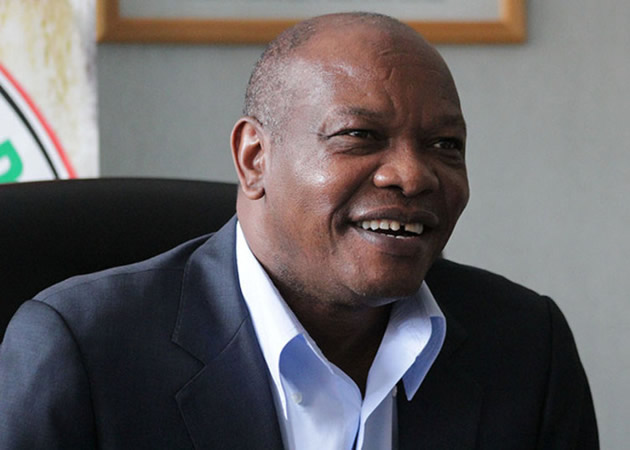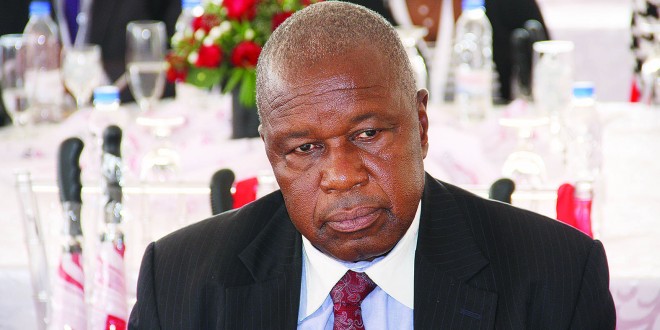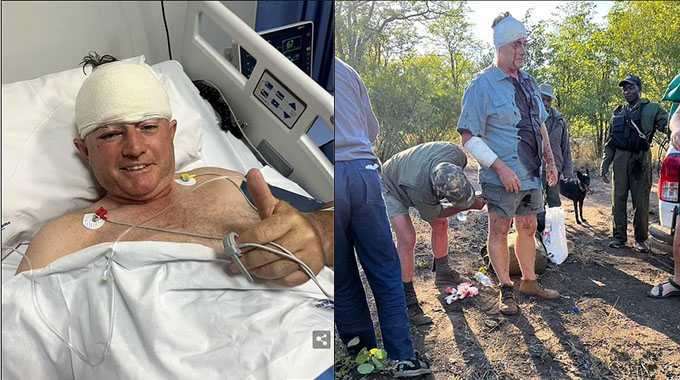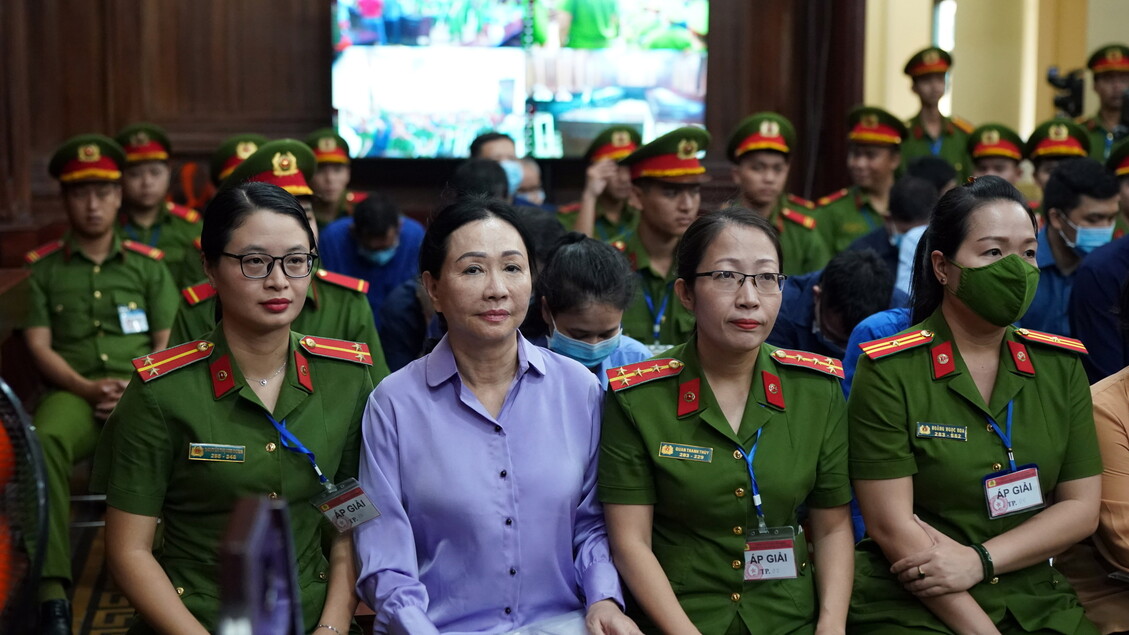Anger grows in South Korea over US anti-missile system

Seongju — The anger is palpable on a narrow road that cuts through a South Korean village where about 170 people live between green hills dotted with cottages and melon fields. It’s an unlikely trouble spot in the world’s last Cold War standoff.
Ageing farmers in this corner of Seongju county, more than 200km south of the capital Seoul, spend the day sitting by the asphalt in tents or on plastic stools, watching vehicles coming and going from a former golf course where military workers are setting up an advanced US missile-defence system.
“Just suddenly one day, Seongju has become the frontline,” said a tearful Park Soo-gyu, a 54-year-old strawberry farmer. “Wars today aren’t just fought with guns. Missiles will be flying and where would they aim first? Right here, where the Thaad radar is.”
Thaad is shorthand for Terminal High Altitude Defence, which the South Korean and US governments say is critical to cope with a growing missile threat from North Korea. When completed, the battery will consist of six truck-mounted launchers that can fire up to 48 interceptors at incoming missiles detected by the system’s x-band radar.
Anger has boiled over in Seosongri village since last week when US and South Korean military workers used the early-morning hours to rush key parts of Thaad into place.
The system had been scheduled to enter operation by the end of the year, but South Korea’s Defence Ministry said on Tuesday that it is already capable of defending against North Korean missiles.
The ministry didn’t say when the deployment would be completed.
Hundreds of banners hang on trees and fences along a kilometre stretch of the road up to where police have cut off access. They say “Withdraw the illegal Thaad immediately” and “Stop US militarism”, slogans that would feel familiar in a leftist rally but are unusual in the country’s traditionally conservative southeast.
“Yankee, go home!” a man yelled as he banged his fist on a car apparently carrying American soldiers, before dozens of police officers peeled him and other protesters away from the vehicle.
The local anger highlights what has arguably become the most explosive issue ahead of a presidential election next week. The May 9 vote will likely end a decade long conservative rule that maintained a hard line against North Korea and agreed to the Thaad installation.
Front-runner Moon Jae-in, who calls for engagement with the North, has said the deployment of Thaad should be reconsidered.
Some media have questioned whether the US and a caretaker government that took over for ousted former President Park Geun-hye are rushing to complete Thaad before the election.
Earlier polls had showed overwhelming public support for Thaad following North Korean nuclear tests and a long-range rocket launch in 2016.
But public opinion has become more divided amid the corruption scandal that led to Park’s downfall and criticism that the government was pushing ahead without seeking the consent of Seongju residents.
Opposition was further inflamed after US President Donald Trump said he would make South Korea pay $1bn for Thaad.
Seongju residents said comments by Trump show the US may be preparing for a pre-emptive strike against North Korea. They worry that if the North retaliates, Thaad would make their county a main target.
There’s also frustration about an increasingly heavy police and military presence in an area where outsiders had been mostly limited to small groups of weekend golfers.
Residents are also concerned about the rumoured harmful effects the electromagnetic waves from Thaad’s radar might have on them and their crops.
Seoul’s Defence Ministry calls such worries groundless. “We have been living very peacefully as farmers, but our daily lives have been shattered after the arrival of this weapon; we can’t rest comfortably for a day and can’t work without worrying,” said Kim Yoon-seong, a 60-year-old melon farmer. He said many younger residents with children are considering leaving Seongju.
Residents said at least 13 people were treated at hospitals for injuries including broken bones and teeth after a violent clash last week between dozens of villagers and supporters and some 8 000 police officers who were mobilised to remove them from the road.
Three days later, more than a hundred police officers ended an hours long standoff by swarming a handful of people who had been blocking a mountain path with a tractor to prevent construction equipment from entering the Thaad site. Police detained a man and drove away the tractor as villagers showered them with insults, including “dogs” and “Americans’ slaves”.
“We won’t allow any US military and construction vehicles to pass through the two roads,” said Reverend Kang Hyun-wook, a minister of Won Buddhism, an indigenous form of the religion. The grounds include a site Won Buddhists consider as sacred and are no longer allowed to visit. “If they fly in [the Thaad parts] with helicopters, then fine, it’s their money to spend and we can’t do anything about that.”
Several people were hurt in another clash on Sunday as police tried to remove protesters blocking two US military oil trucks from entering the Thaad site.
Residents said the trucks turned away because cars protesters had parked to block the road couldn’t be towed.
Moon, the presidential front-runner, said Thaad’s security benefits would be offset by deteriorating relations with China, which sees Thaad’s powerful radar as a threat to its own defence. South Korea’s largest trade partner, China has taken several recent actions such as limiting tour group visits to South Korea that are seen as retaliation.
Other major presidential candidates have supported Thaad, but their stances grew complicated after Trump said he would make South Korea pay for it. — AFP












Comments